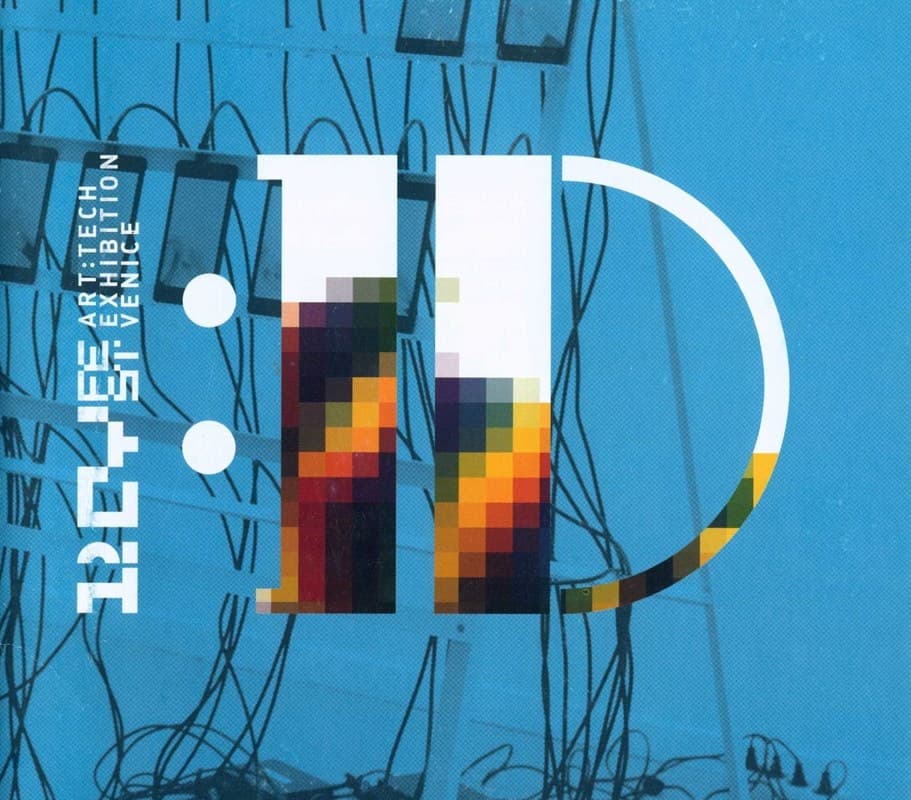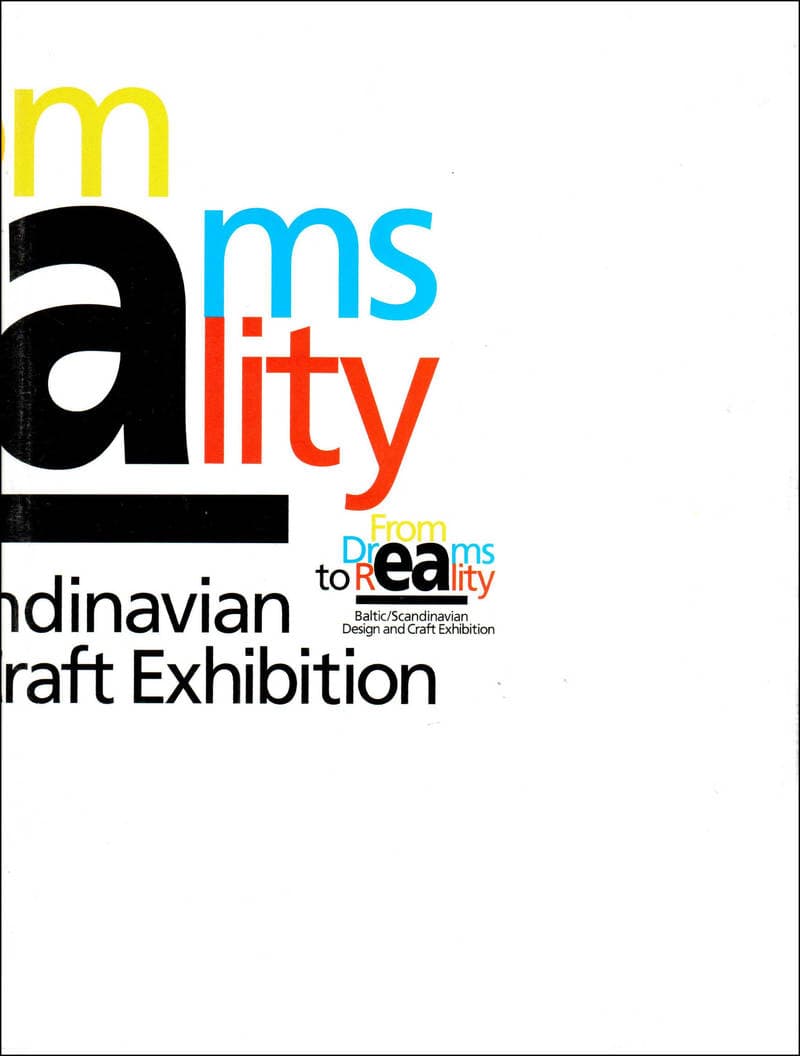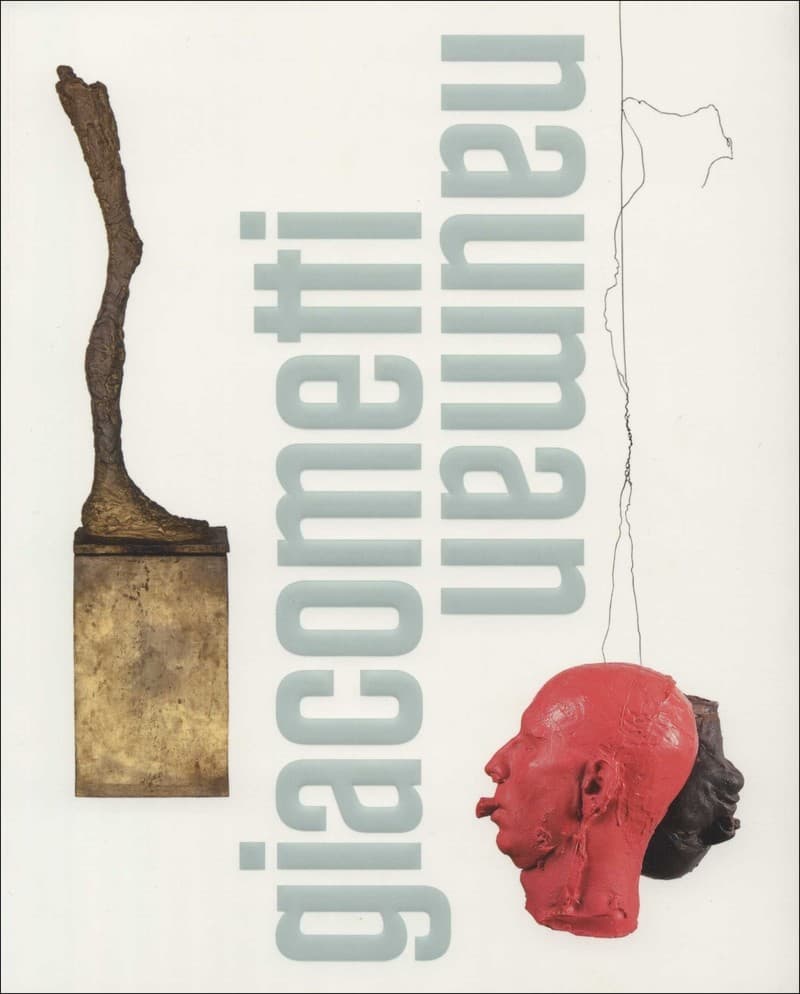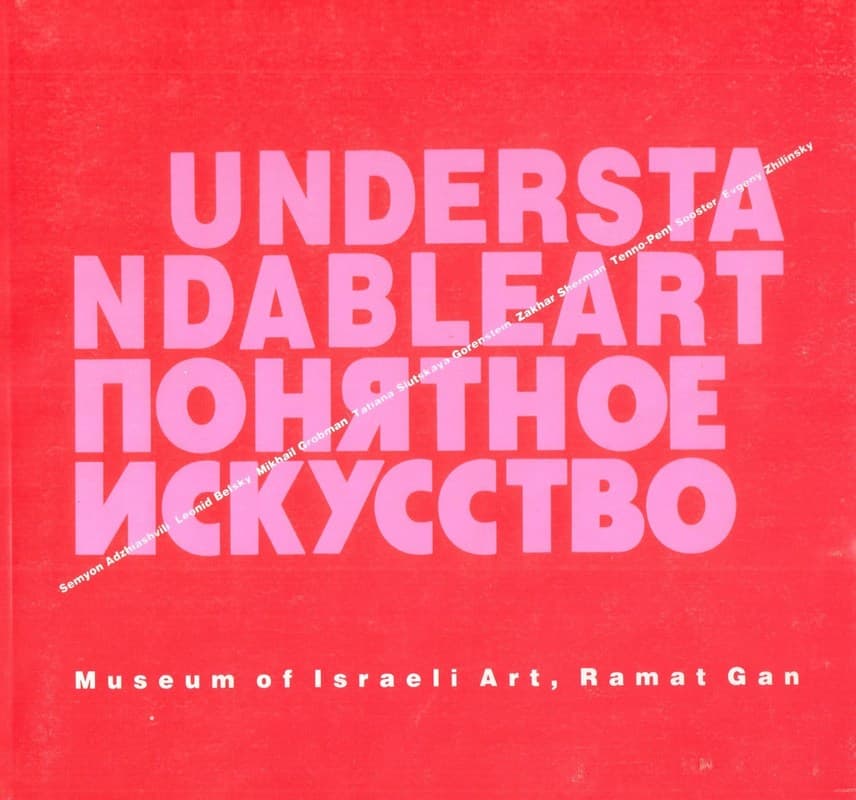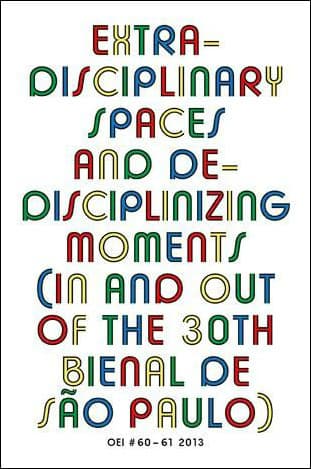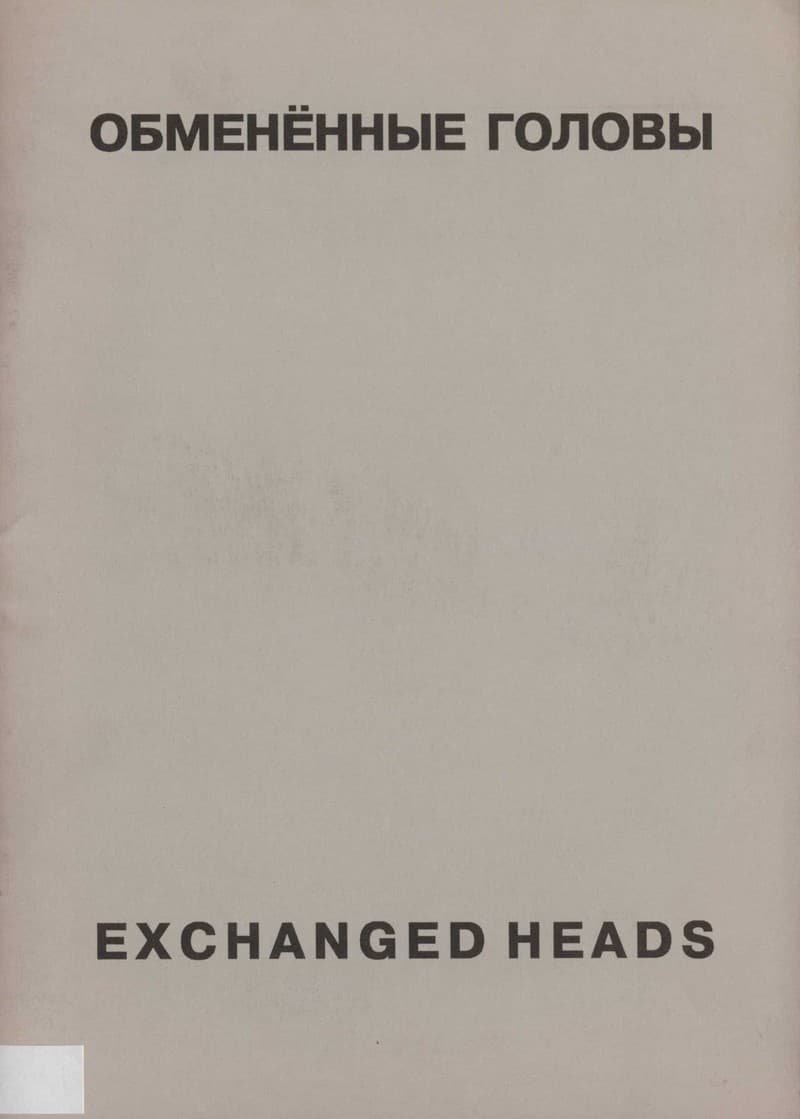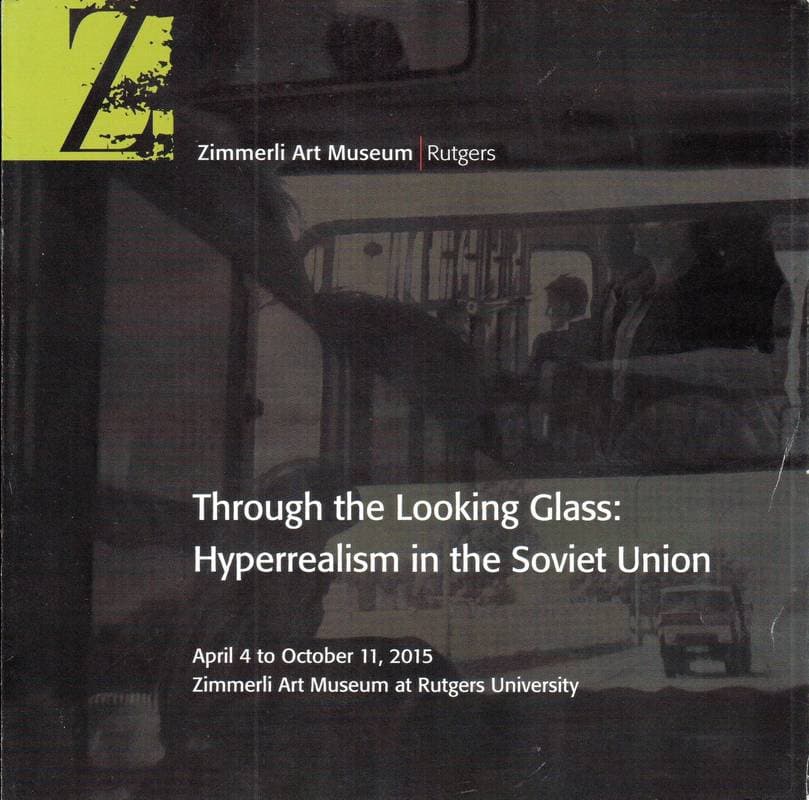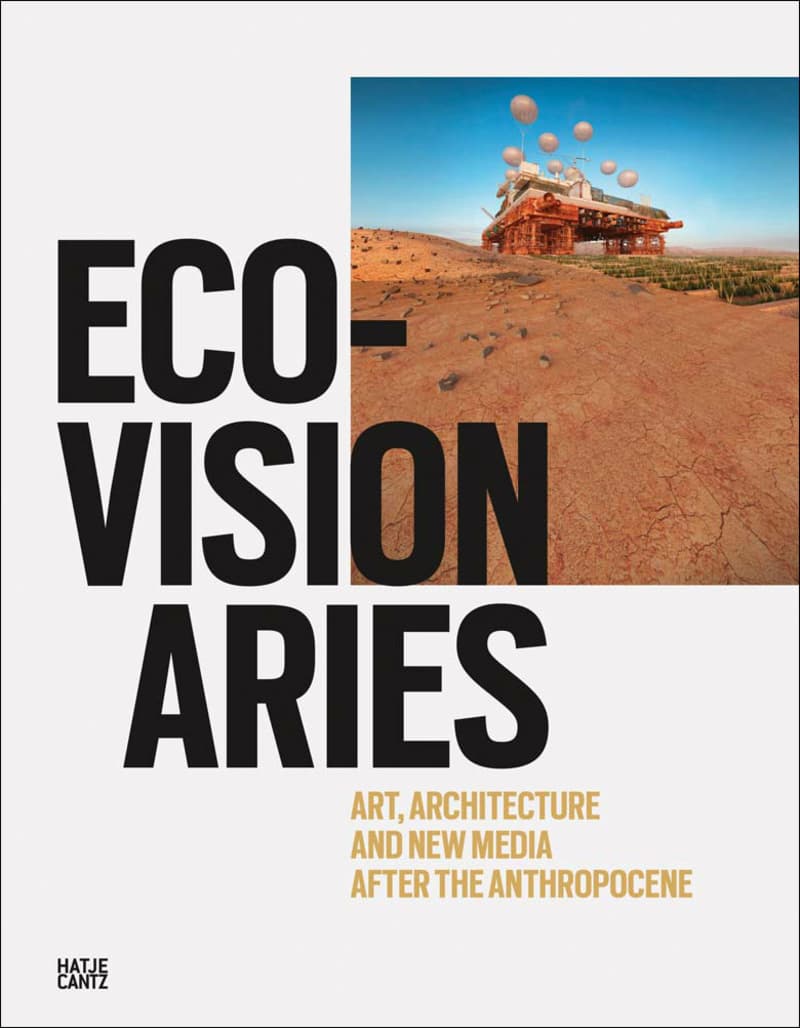Always Different, Always the Same: An Essay on Art and Systems
What is Minimal? During the 1960s, the art world's interest in systems grew quite conspicuously. It ran parallel to the social upheavals and the fundamentally critical view of the system by the '68 movement. Rather more consequential, from today's point of view, were the technological advances. The development of cybernetics, communication networks and computer systems facilitated extensive networks as well as powerful data processing and turned the exchange of information into an important social and economic factor. The exhibition and this publication consider art of the 1960s and early 1970s with regard to systems thinking, and conceive it as communication and as a critique of the system. It is above all the works of Minimal Art and Conceptual Art that dealt with the principles of linguistic communication systems and thereby with differentiations and repetitions. Further significant features included semiotics, serialism, regularity and the contextualization of the architectural and institutional environment. The works formally used the principles of systems thinking, to then debate them in terms of content. The viewers had to take up position both spatially and intellectually, and thus turned into significant parts of the works. Fifty years later, systems thinking is more existent than ever, and through digitization it has become indispensable in our understanding of industrial societies. Complex systems create networks of knowledge, evaluate data, control information flows and determine decision‑making and production processes. They form our environment in which we mainly strive to achieve system compatibility, availability and scope. The exhibition and publication show representative works of the 1960s and 1970s in combination with contemporary art that examines nowadays systemically important issues around the nature of processes, data processing, information distortion and system compatibility. Digital systems and software are as much tools for these contemporary artists as the principles of systemized thinking. Both influence and control their formal and content‑related decisions while they create new works. They frequently address just this dependency on systems and codes and thus make their mode of operation visible. The book and the exhibition “Always Different, Always the Same” form an open art‑historical reference system and provide a variety of cross‑references between the different works of art and decades. Important topics on the relationship between subject, object, perception and the environment are thus made tangible: always different and yet always the same.
Данные книги
1960‑е, 1970-e, Живопись, Инсталляция, Концептуальное искусство, Медиаискусство, Минимализм, Скульптура
Кост Линн (Автор статьи), Кунц Штефан (Автор статьи), Шварц Дитер (Автор статьи), Бешти Уалид (Автор статьи), Холсол Франсис (Автор статьи)
Браун Стэнли, Баггенхаут Питер, Буллок Анджела, Дарбовен Ханне, Фальбаккен Матиас, Гайтон Уэйд, Fontana Corsin, Хьюз Бетан, Исса Иман, Джадд Дональд, Кавара Он, Кляйн Ив, Стелла Фрэнк, Левитт Сол, Мандзони Пьеро, Моррис Роберт, Райман Роберт, Проджер Шарлотт, Рейнхардт Эд, Ридель Михаель, Схонховен Ян, Стёртевант Элейн Франсес, Цаугг Реми, !Mediengruppe Bitnik, Андре Карл, Art & Language, Балдессари Джон, Бешти Уалид
Кёльн
2018
240 страниц
9783864422553
Доступ по запросу
Да
Нет
705.1 2018
1
- ID. Art: Tech Exhibition2019
- Современная французская живопись: пересечения истории/ La peinture francaise contemporaine: combinaisons de l’histoire.2006
- From Dreams to Reality. Baltic/ Scandinavian Design and Craft Exhibition1993
- Giacometti — Nauman2016
- Understandable Art/ Понятное искусство1993
- OEI № 60-61 2013, Extra‑Disciplinary Spaces And De‑Disciplinizing Moments. In And Out Of The 30th Bienal De São Paulo2013
- Janet Cardiff & George Bures Miller: The Murder of Crows2011
- Veilleurs du monde. Gbedji Kpontole: une aventure beninoise2000
- Обменённые головы/ Exchanged Heads1994
- Мари. Research2015
- Through the Looking Glass: Hyperrealism in the Soviet Union2015
- Eco‑Visionaries: Art, Architecture, and New Media after the Anthropocene2018

